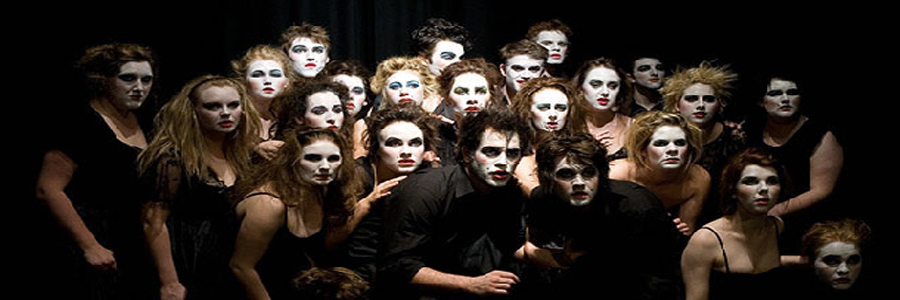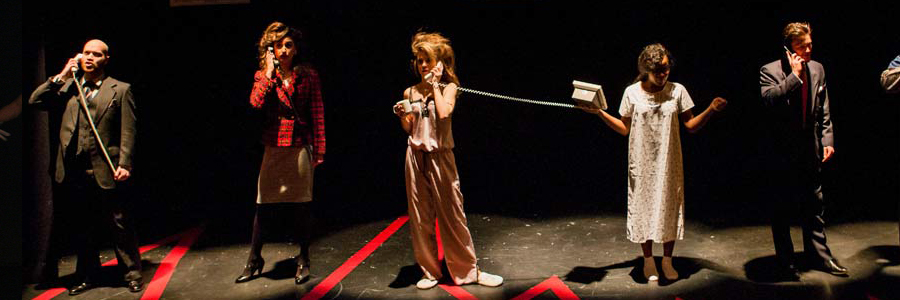DECOR, COSTUMES & PROPS

Décor or Theatrical scenery is that which is used as a setting for a theatrical production. Scenery may be just about anything, from a single chair to an elaborately re-created street, no matter how large or how small, whether or not the item was custom-made or is the genuine item, appropriated for theatrical use. The purpose of every production is to provide an experience for the audience. At the conclusion your audience should feel emotionally different from when they first arrived. Scenery helps provide the experience exploring the unique and memorable in individual’s minds. Generating scenery ideas is a process of discovery. Through extensive research a designer looks for evidence that best supports the message and environmental feeling.

A property, commonly shortened to prop (plural: props), is an object used on stage or on screen by actors during a performance or screen production. In practical terms, a prop is considered to be anything movable or portable on a stage or a set, distinct from the actors, scenery, costumes and electrical equipment.
Consumable food items appearing in the production are also considered properties.
The term "theatrical property" originated to describe an object used in a stage play and similar entertainments to further the action. Technically, a prop is any object that gives the scenery, actors, or performance space specific period, place, or character.
The term comes from live-performance practice, especially theatrical methods, but its modern use extends beyond the traditional plays and musical, circus, novelty, comedy, and even public-speaking performances, to film, television, and electronic media.
Costume or fancy dress is the distinctive style of dress of a particular people, class, or period. A costume can be a particular style of clothing worn to portray the wearer as a character or type of character other than their regular persona at a social event such as a masquerade, a fancy dress party or in a theatre performance. One of the more prominent places people see costumes is in theatre, film and on television. In combination with other aspects, theatrical costumes can help actors portray characters' age, gender role, profession, social class, personality, ethnicity, and even information about the historical period/era, geographic location and time of day, as well as the season or weather of the theatrical performance.
Stage makeup is used as a method in conjunction with stage lighting to highlight the actors' faces in order make expressions or characteristics visible to the audience from moderate distances. This often includes defining the eyes and lips as well as the highlights and lowlights of the facial bones.
